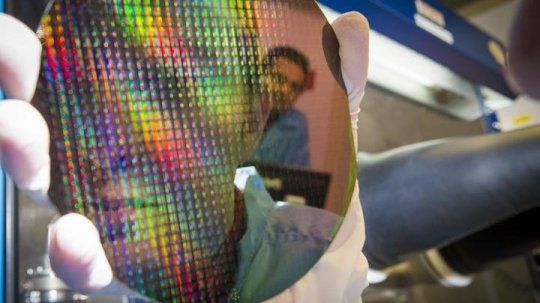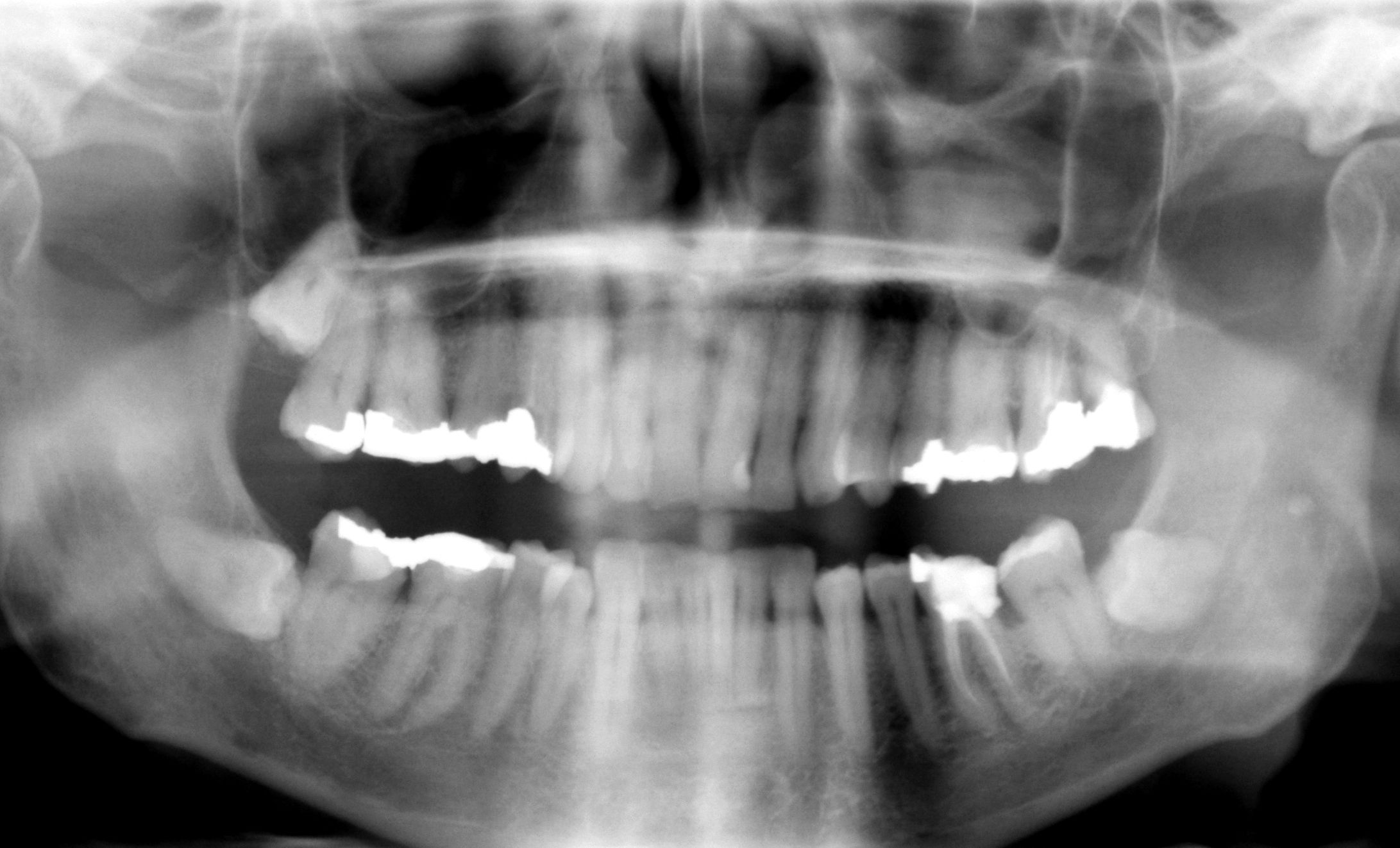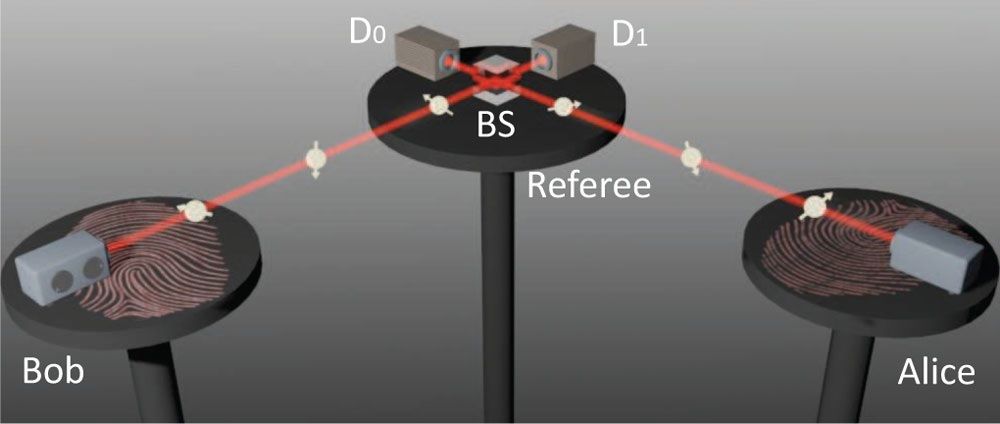Page 11074
Jul 5, 2016
Amazon moves one step closer toward army of warehouse robots
Posted by Karen Hurst in categories: 3D printing, 4D printing, robotics/AI

I told folks just the other day; US Manufacturing in the next 3 to 5 years will primarily be robots, 3-/4-D printers, other AI systems, and a couple of line managers to spot check quality of the operation. Just surprised Amazon wasn’t already fully robotic.
Amazon’s progress toward an army of helpful robots is one step closer: a prize for the best warehouse-working “picker” machine has gone to a robot designed by a team from TU Delft Robotics Institute and Delft Robotics, both based in the Netherlands.
Continue reading “Amazon moves one step closer toward army of warehouse robots” »
Jul 5, 2016
A little impurity makes nanolasers shine
Posted by Karen Hurst in categories: mobile phones, particle physics
Nice.
Researcher Tim Burgess added atoms of zinc to lasers one hundredth the diameter of a human hair and made of gallium arsenide — a material used extensively in smartphones and other electronic devices.
The impurities led to a 100 times improvement in the amount of light from the lasers.
Continue reading “A little impurity makes nanolasers shine” »
Jul 5, 2016
Engineers Design Programmable RNA Vaccines That Protext Against Ebola and H1N1 Influenza
Posted by Phillipe Bojorquez in categories: bioengineering, biotech/medical, genetics
A newly published study details how engineers developed programmable RNA vaccines that work against Ebola, H1N1 influenza, and a common parasites in mice.
MIT engineers have developed a new type of easily customizable vaccine that can be manufactured in one week, allowing it to be rapidly deployed in response to disease outbreaks. So far, they have designed vaccines against Ebola, H1N1 influenza, and Toxoplasma gondii (a relative of the parasite that causes malaria), which were 100 percent effective in tests in mice.
The vaccine consists of strands of genetic material known as messenger RNA, which can be designed to code for any viral, bacterial, or parasitic protein. These molecules are then packaged into a molecule that delivers the RNA into cells, where it is translated into proteins that provoke an immune response from the host.
Jul 5, 2016
Dental fillings that heal teeth could forever change trips to the dentist
Posted by Dan Kummer in category: biotech/medical
An interesting development. The regenerating teeth with stem cells thing wont hit til about 2022’ish.
Dental fillings that regenerate teeth are “a new paradigm for dental treatments” and could end root canals.
Jul 5, 2016
Doctors Were Able To Grow An Entirely New Nose For This Boy On His Forehead
Posted by Dan Kummer in category: biotech/medical
Doctors in India were able to perform this amazing operation that took over a year to give a boy a new nose by growing it on his forehead.
Jul 5, 2016
Defense Against Hypersonic Weapons Systems in Full Swing is Next Russian Military Technology
Posted by Karen Hurst in category: military
Russian military scientists’ work on developing defensive capabilities against the threat of hypersonic weapons systems is in full swing, according to Ground Forces Air Defense Force chief Alexander Leonov.
Speaking to Russian radio station RSN, Lieutenant-General Leonov indicated that “over the long term, we will be faced with hypersonic targets such as warheads [which do not fly to their target according to a traditional ballistic trajectory], as well as hypersonic aerial vehicles; this trend is very promising. Work to combat these prospective weapons must be organized, and is in fact already being carried out.”
The officer indicated that at present, medium and long-range hypersonic missile systems are perceived as the main threat when it comes to hypersonic weaponry.
Jul 5, 2016
China Has Built the World’s Largest Alien-Hunting Telescope
Posted by Karen Hurst in category: alien life
China’s hunt for aliens.
After five long years, FAST is almost ready to scope out outer space for E.T. and other celestial phenomena.
Jul 5, 2016
Quantum fingerprinting surpasses classical limit
Posted by Karen Hurst in category: quantum physics
Nice.
(Phys.org)—As the saying goes, no two fingerprints are alike, and the same is true for quantum fingerprints. Just as a human fingerprint is only a fraction of the size of a person, yet can be used to distinguish between any two people (at least in theory), quantum fingerprints are exponentially smaller than the string of information they represent, yet they can be used to distinguish between any two strings.
Ever since quantum fingerprinting was first proposed in 2001, it has for the most part remained an interesting theoretical concept, with only a handful of protocols having managed to experimentally demonstrate the idea.
Continue reading “Quantum fingerprinting surpasses classical limit” »

















